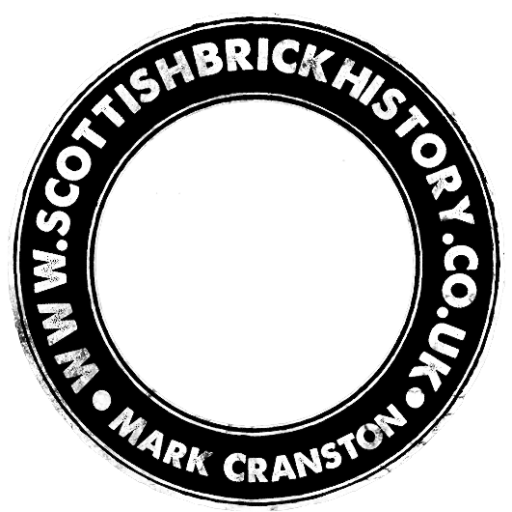Cousland Brickworks and Pottery, Cousland, Dalkeith, Midlothian
— 19/09/20221799 – ‘Scotland Delineated or a Geographical Description of every Shire in Scotland’ Edinburgh; Bell & Bradfute & G. G. & J. Robinson London … Near Cousland are a brickworks and a pottery p. 371. (Many thanks to George Haggarty for forwarding this information).

